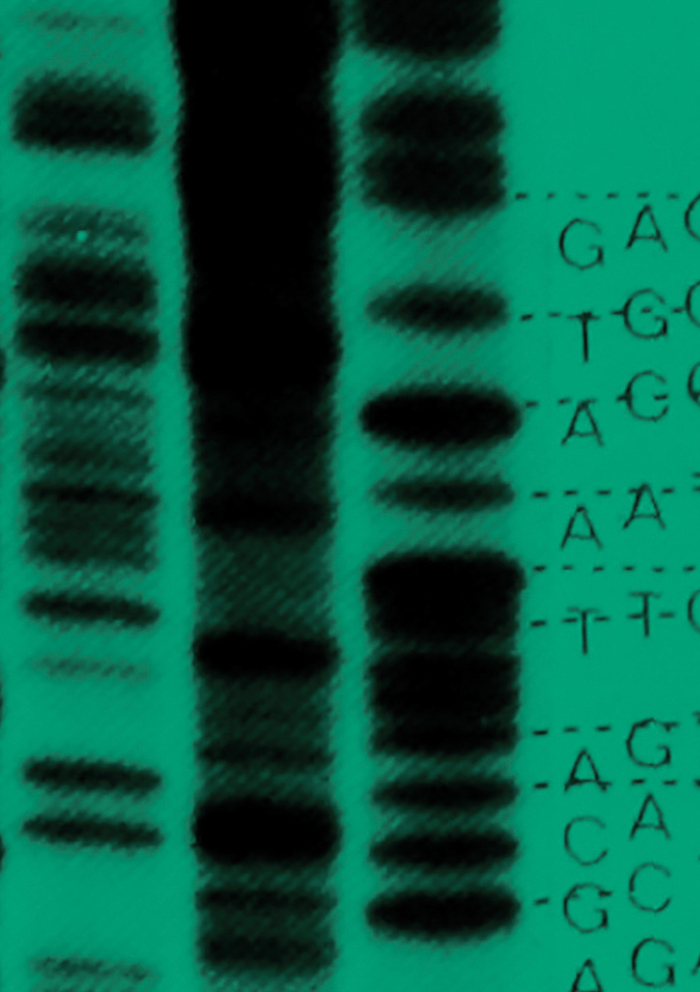 -
Volume 4,
Issue 1,
2018
-
Volume 4,
Issue 1,
2018
Volume 4, Issue 1, 2018
- Microbial Evolution and Epidemiology
-
- Zoonosis/Anthroponosis
-
-
Deciphering the unexplored Leptospira diversity from soils uncovers genomic evolution to virulence
More LessDespite recent advances in our understanding of the genomics of members of the genus Leptospira, little is known on how virulence has emerged in this heterogeneous bacterial genus as well as on the lifestyle of pathogenic members of the genus Leptospira outside animal hosts. Here, we isolated 12 novel species of the genus Leptospira from tropical soils, significantly increasing the number of known species to 35 and finding evidence of highly unexplored biodiversity in the genus. Extended comparative phylogenomics and pan-genome analyses at the genus level by incorporating 26 novel genomes, revealed that, the traditional leptospiral ‘pathogens’ cluster, as defined by their phylogenetic position, can be split in two groups with distinct virulence potential and accessory gene patterns. These genomic distinctions are strongly linked to the ability to cause or not severe infections in animal models and humans. Our results not only provide new insights into virulence evolution in the members of the genus Leptospira, but also lay the foundations for refining the classification of the pathogenic species.
-
- Communicable Disease Genomics
-
-
Integrating patient and whole-genome sequencing data to provide insights into the epidemiology of seasonal influenza A(H3N2) viruses
More LessGenetic surveillance of seasonal influenza is largely focused on sequencing of the haemagglutinin gene. Consequently, our understanding of the contribution of the remaining seven gene segments to the evolution and epidemiological dynamics of seasonal influenza is relatively limited. The increased availability of next-generation sequencing technologies allows rapid and economic whole-genome sequencing (WGS) of influenza virus. Here, 150 influenza A(H3N2) positive clinical specimens with linked epidemiological data, from the 2014/15 season in Scotland, were sequenced directly using both Sanger sequencing of the HA1 region and WGS using the Illumina MiSeq platform. Sequences generated by the two methods were highly correlated, and WGS provided on average >90 % whole genome coverage. As reported in other European countries during 2014/15, all strains belonged to genetic group 3C, with subgroup 3C.2a predominating. Multiple inter-subgroup reassortants were identified, including three 3C.3 viruses descended from a single reassortment event, which had persisted in the population. Cases of severe acute respiratory illness were significantly clustered on phylogenies of multiple gene segments indicating potential genetic factors warranting further investigation. Severe cases were also more likely to be associated with reassortant viruses and to occur later in the season. These results suggest that WGS provides an opportunity to develop our understanding of the relationship between the influenza genome and disease severity and the epidemiological consequences of within-subtype reassortment. Therefore, increased levels of WGS, linked to clinical and epidemiological data, could improve influenza surveillance.
-
Most Read This Month


